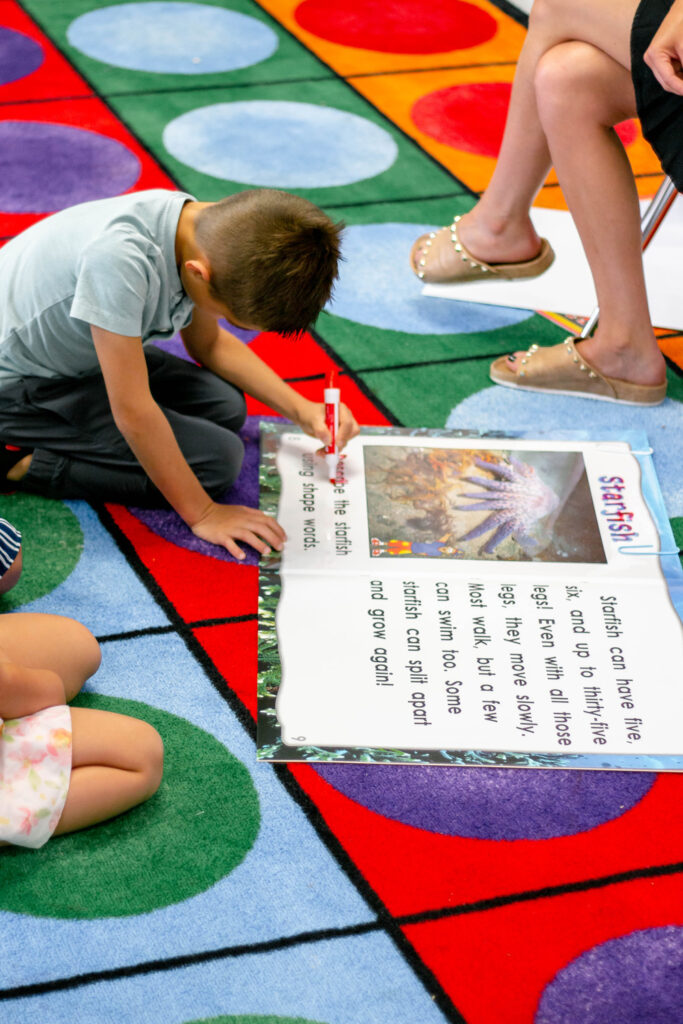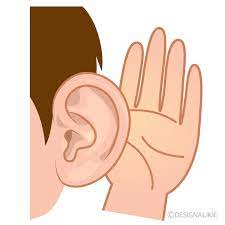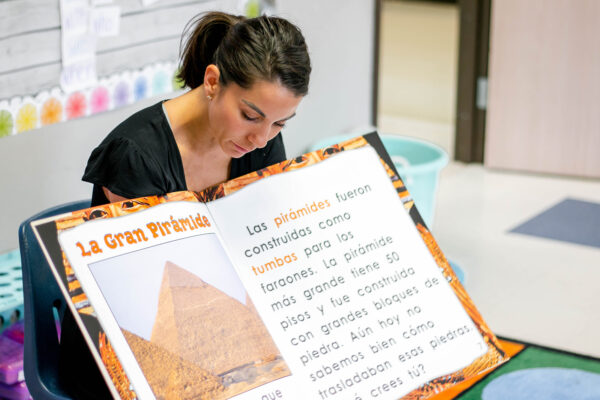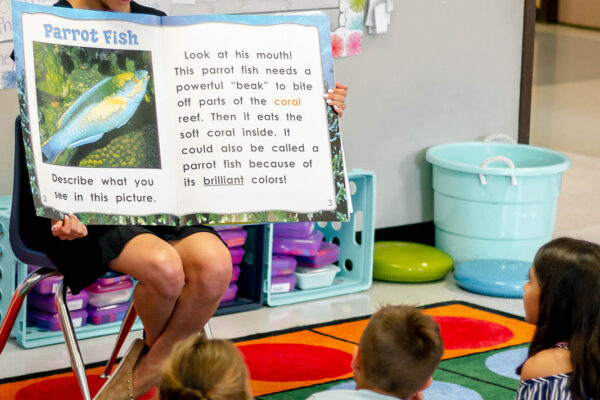Bilingualism and the science of reading continues to surprise us all! Today, we are looking into the connection between reading and the unsuspecting component of handwriting!
Researchers have found the experience of handwriting plays a major role in recruiting brain regions for letter processing for success in reading. This is especially true for children who are preliterate. More specifically, actual handwriting is more effective in subsequent reading than typing on a computer.
The science of reading as a whole has led experts to believe that handwriting was most impactful for letter name and sound knowledge. It also impacts letter writing fluency, spelling, word reading, and phonological skills. (source).
How Does Handwriting Impact the Bilingual or English Learner?
When writing, fluency improves in bilingual students, more cognitive resources are effectively, “freed up” and executive functions of the brain can focus on higher ordered thinking, allowing for a more developed writing ability. This is also true for oral language acquisition, and a crucial component for expediting the learning process for language transfer.
Developing handwriting may take longer for a bilingual learner, but strong connections are being formed in the meantime. When bilingual or English learners are choosing to write based off of a prompt or question, word choice and word order can inhibit productive and free flow of speech until they have attained fluency. To enable the bilingual learner to write with optimal fluency, some tools with handwriting have been found to help.
Prewriting for Bilingual Students

Bilingual students will benefit from prewriting in order to elicit thoughts in a more productive way. These include some simple activities:
- Ask questions to elicit vocabulary and context words
- Have a list of words or word bank for students to draw from when preparing their writing
- Draw pictures of the words or ideas
- Use a blank template or graphic organizers.
- Preliminary Research – prime students by investigating the idea
Using some prewriting methods help bilingual students to perform to the best of their ability. If fluency is the prime component inhibiting their best work, then we can use what skills they do have to influence better writing strategies. Eventually, when a fluent pattern is achieved, reading and writing will improve.
Priming Reading with Handwriting Aids in Aural and Oral Language

Researchers now know that bilingual students have a more sensitive selective attention than monolingual learners. That is, they are able to pick out specific noises that form a continual thought. This is because they must differentiate between phonological sounds in order to form continuity in one language. In doing so, fluency patterns will develop over time in a listening setting. If bilingual students can then practice with writing, following the fluency patterns, reading is able to improve.
Reading, Writing, Speaking, and Listening all go hand in hand. Each aspect of acquiring speech is able to assist the other, with the right building blocks and positive classroom environment.




